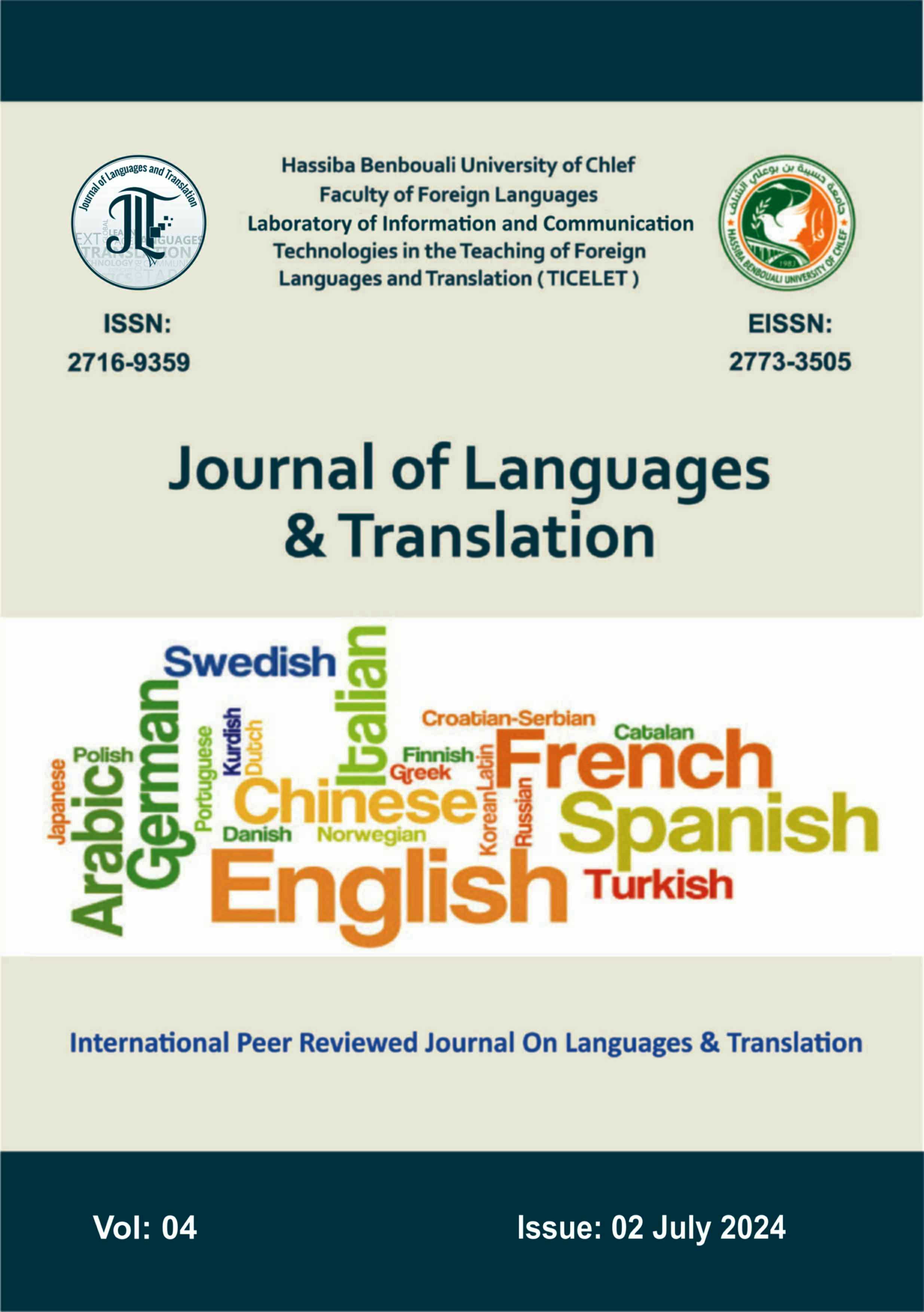Using Cross-Linguistic-Cultural Interferences as a Means for Meaning Negotiation in Classroom Discourse
DOI:
https://doi.org/10.70204/jlt.v4i2.356Keywords:
Adult learners of English as a foreign language, transfers across languages, interferences of culture, interpretation of foreign locutions, negotiation of meaningAbstract
The process of encoding and decoding discussions about the nature of discussed meaning is affected by items from the previous learned languages, which means that the negotiation of meaning carried implied in cross-linguistic transfers and so for cultural interferences affects how learners interpret the negotiated foreign locutions. A sample of twenty adult students from The Center of Intensive Teaching of Languages (CEIL) at Ibn Khaldoun University of Tiaret (Algeria) was the subjects of observations, interviews, and experiments during our investigation into this phenomenon. Through treatment, discussion, and analysis of the data collected in the district of Tiaret (Algeria), we were able to gain a deeper comprehension of the topic under investigation. Later advances led to the conceptualization of the phenomenon's constituent elements. This made it possible for us to classify its elements by figuring out how the researched structure affected the adult learners' abilities to learn foreign concepts in the target language, as well as how frequently and at what rate it occurred. The degree to which the previously learned languages have an impact on meaning negotiation depends critically on how these concepts are interpreted.

Downloads
Published
Versions
- 2024-08-22 (3)
- 2024-08-22 (2)
- 2024-07-05 (1)










